December 7, 2018
Seven reasons why this will not be the office of the future
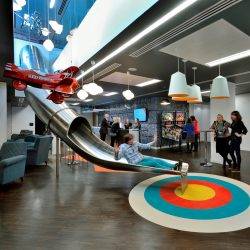 At this time of year, it seems like we don’t have to wait more than a few hours before some or other organisation is sharing its prognosis about how we will be working in the future. The thing these reports usually share in common, other than a standardised variant of a title and a common lexicon of agility, engagement and connectivity, is a narrow focus based on their key assumptions about what the office of the future will be like. While these are rarely false per se, and often offer valuable insights, they also frequently exhibit a desire to look at only one part of the great workplace elephant. While the more informed reports make excellent points and identify trends, across most there are routine flaws in thinking that can lead them to make narrow and sometimes incorrect assumptions and so draw similarly flawed conclusions. Talk of the office of the future tells us rather a lot about how we view offices right now.
At this time of year, it seems like we don’t have to wait more than a few hours before some or other organisation is sharing its prognosis about how we will be working in the future. The thing these reports usually share in common, other than a standardised variant of a title and a common lexicon of agility, engagement and connectivity, is a narrow focus based on their key assumptions about what the office of the future will be like. While these are rarely false per se, and often offer valuable insights, they also frequently exhibit a desire to look at only one part of the great workplace elephant. While the more informed reports make excellent points and identify trends, across most there are routine flaws in thinking that can lead them to make narrow and sometimes incorrect assumptions and so draw similarly flawed conclusions. Talk of the office of the future tells us rather a lot about how we view offices right now.





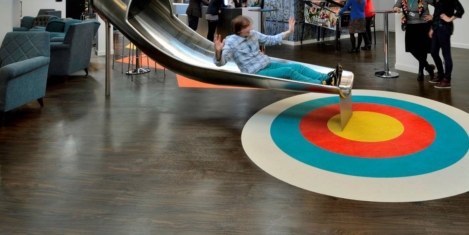











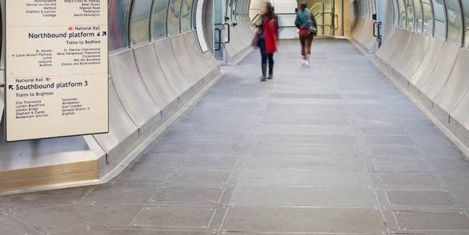





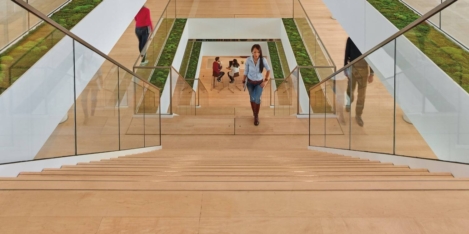
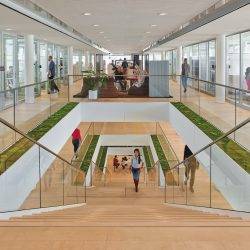








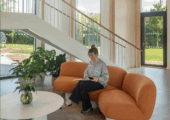
December 13, 2018
Flexible working should not mean employers ask people to work all the time
by Oliver Shaw • Comment, Flexible working, Wellbeing
Talking about the role of technology within the flexible working arena is hardly ground-breaking. For decades, technological advancements have been hailed as pivotal to developments within the employment landscape. But this year, conversation appears to have reached another level. In an article for Open Access Government in June 2018, for instance, Richard Morris, UK CEO of International Workplace Group (IWG), explained the extent to which technology-driven shifts have caused significant social change. And in September, HR headlines homed in on a study by Capita and Citrix, which stressed that an inability to quickly introduce new IT services is restricting organisations’ flexibility proposition, and consequently their competitiveness.
(more…)